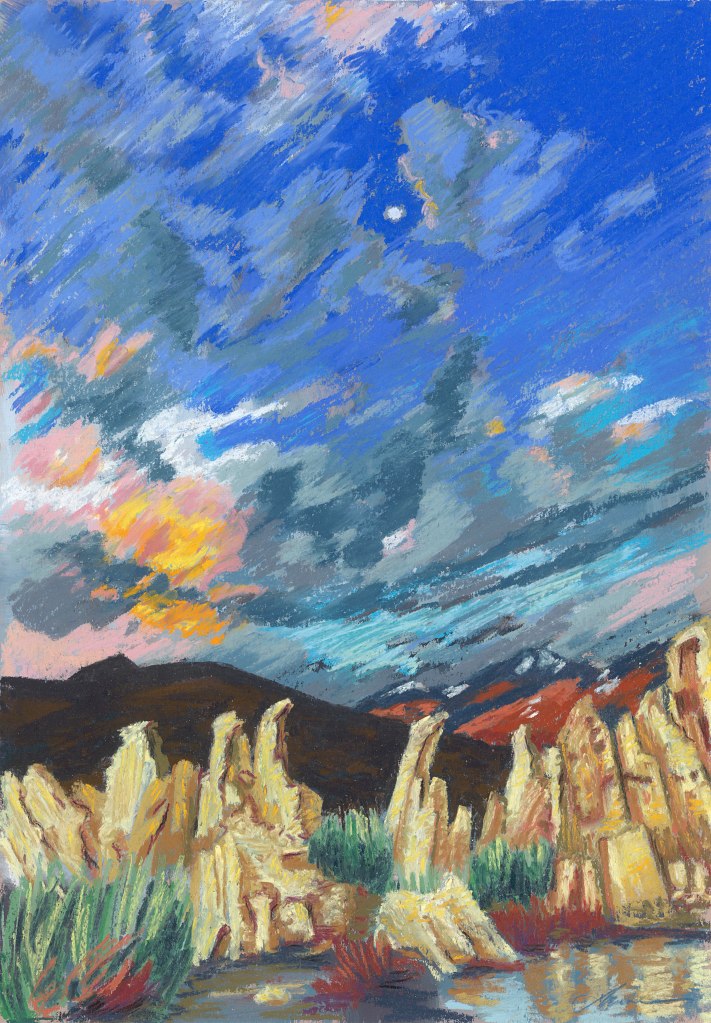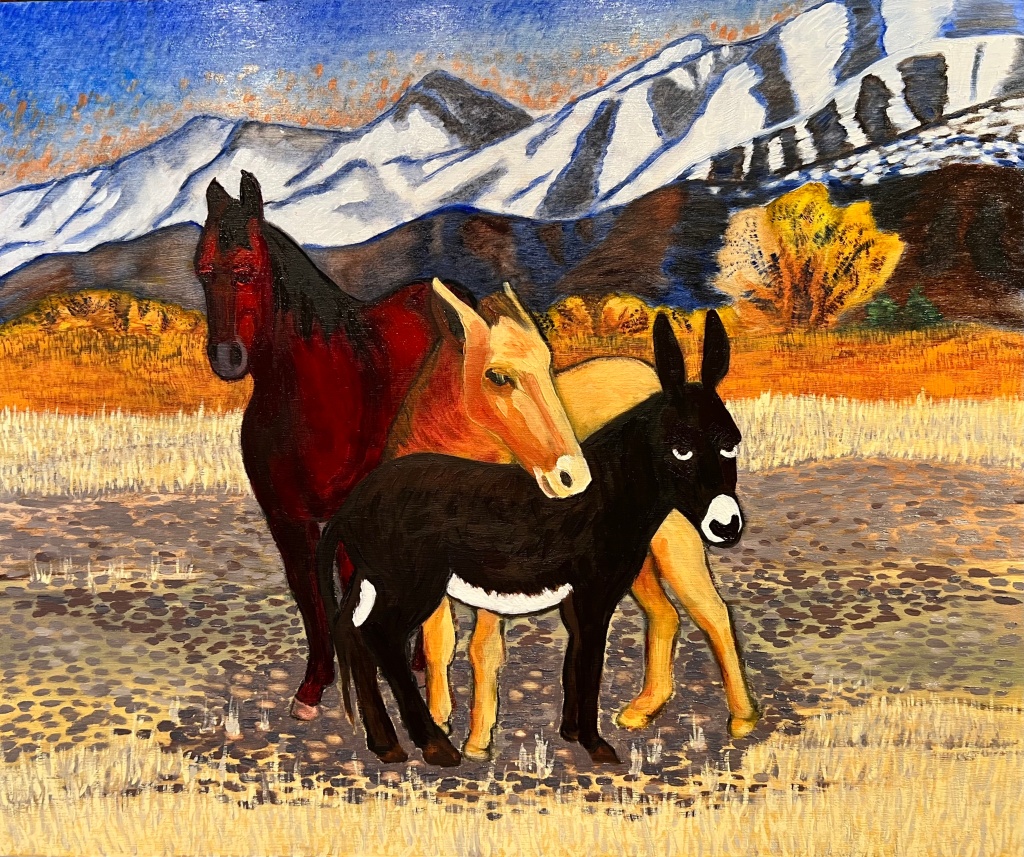
“In the beginning there were stories and the stories were made of Earth. Rocks and rivers, mountains and sea, these were the gods and the gods moved within them.” (p.225)
In 2013, the entirety of the novel Moby Dick was translated into emojis, those little ideograms of smiling faces and pets and objects that populate our phones and number around 1000…their appeal seems to be based on the strange and paradoxical combination of specificity and obscurity that they embody…they purport to transcend cultural difference and cut a line of sincerity and clarity straight to the nebulous heart of what we mean to say. Yet for all that, emojis, particularly in combination, open wormholes of ambiguity.” (p.228)
“Yet directness and certainty remain a dream despite our words, despite our codes, despite our cyphers. Who can state for sure the meaning of Moby Dick? ‘Of whales in paint; in teeth; in wood; in sheet-iron; in stone; in mountains; in stars’: Ishmael, its narrator, could find them everywhere. Yet the whale itself, the white whale, the named whale, is elusive. What did it mean to Ahab? Why the obsession, the desire, the pursuit? Everything can mean something else, if only we could agree what. Augustine wondered whether we could decide simply by pointing and naming. Remember that Moby Dick, whose title names its prey, itself begins with an act of naming: ‘Call me Ishmael.’ Yet in saying that, it is clear, too, that any name would have sufficed. The willow is also ‘sallow,’ is also ‘osier.’ In such simple acts lie a world of ambiguity, and a history concealed from the eyes of the everyday. Nothing is steady. Meaning sways like the hull of a ship. Ahab, with leg of wood, and scars on his body like the ‘seam sometimes made in the straight, lofty trunk of a great tree,’ hunts over ocean and sea in a vessel of timber from which a mast extends like a great oak into the sky above. Nailed to it is a gold doubloon and at its top a man sits, in the masthead, watching the horizon, searching.” (p.228-229)
Excerpts from Aengus Woods’ Of Trees in Paint; In Teeth; In Wood; In Sheet-Iron; In Stone; In Mountains; In Stars published in Katie Holten’s The Language of Trees: A Rewilding of Literature and Landscape










